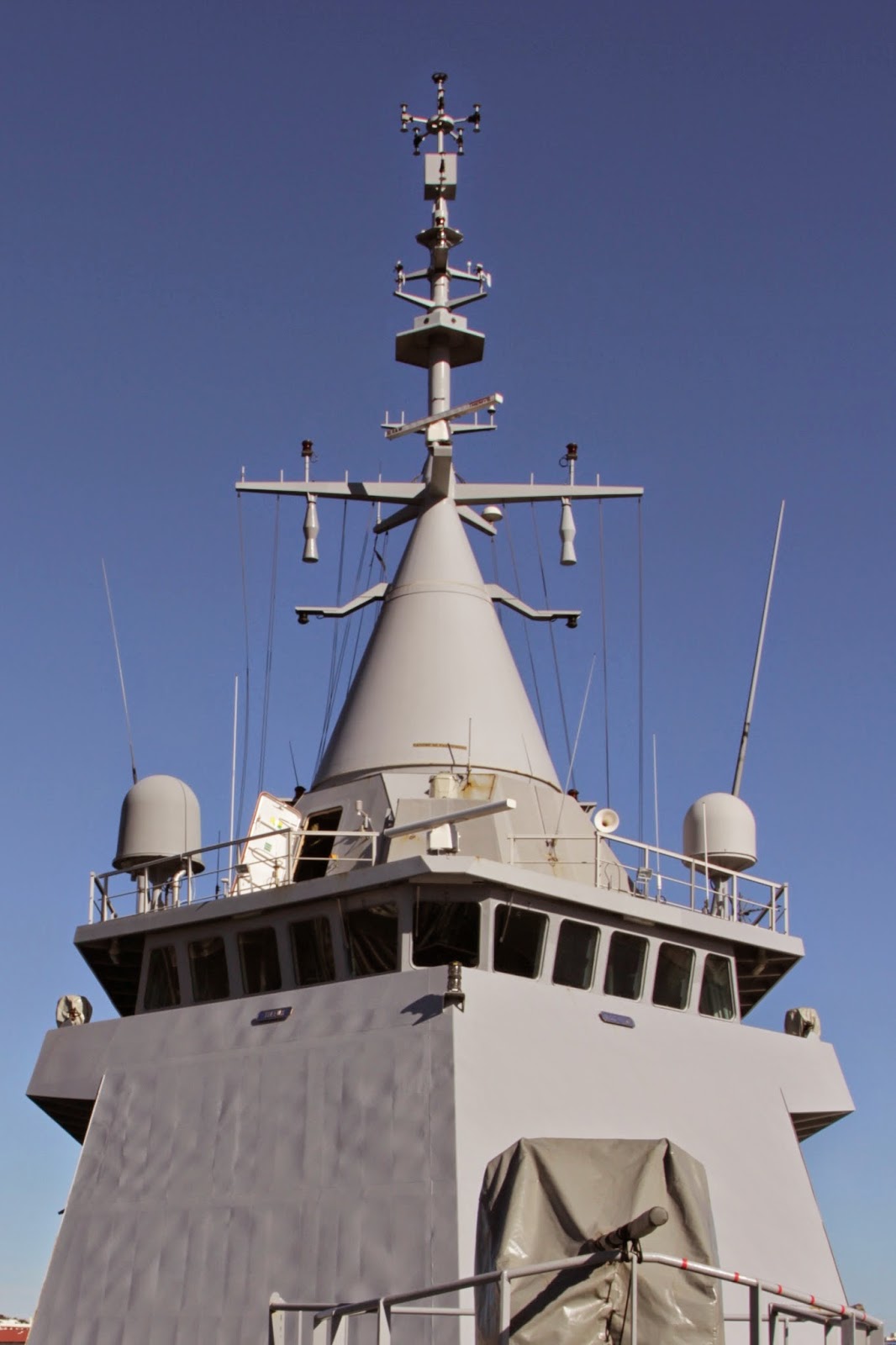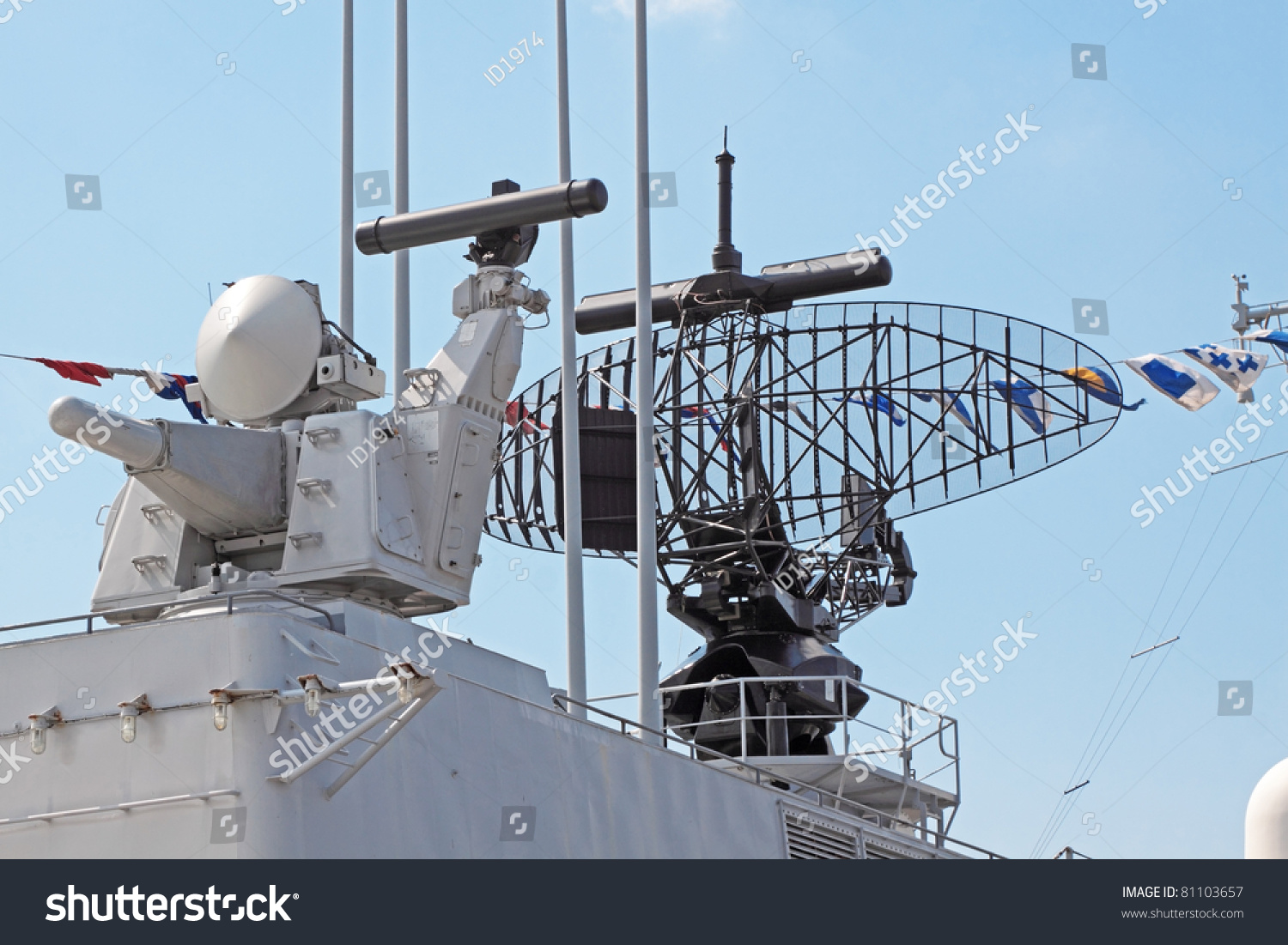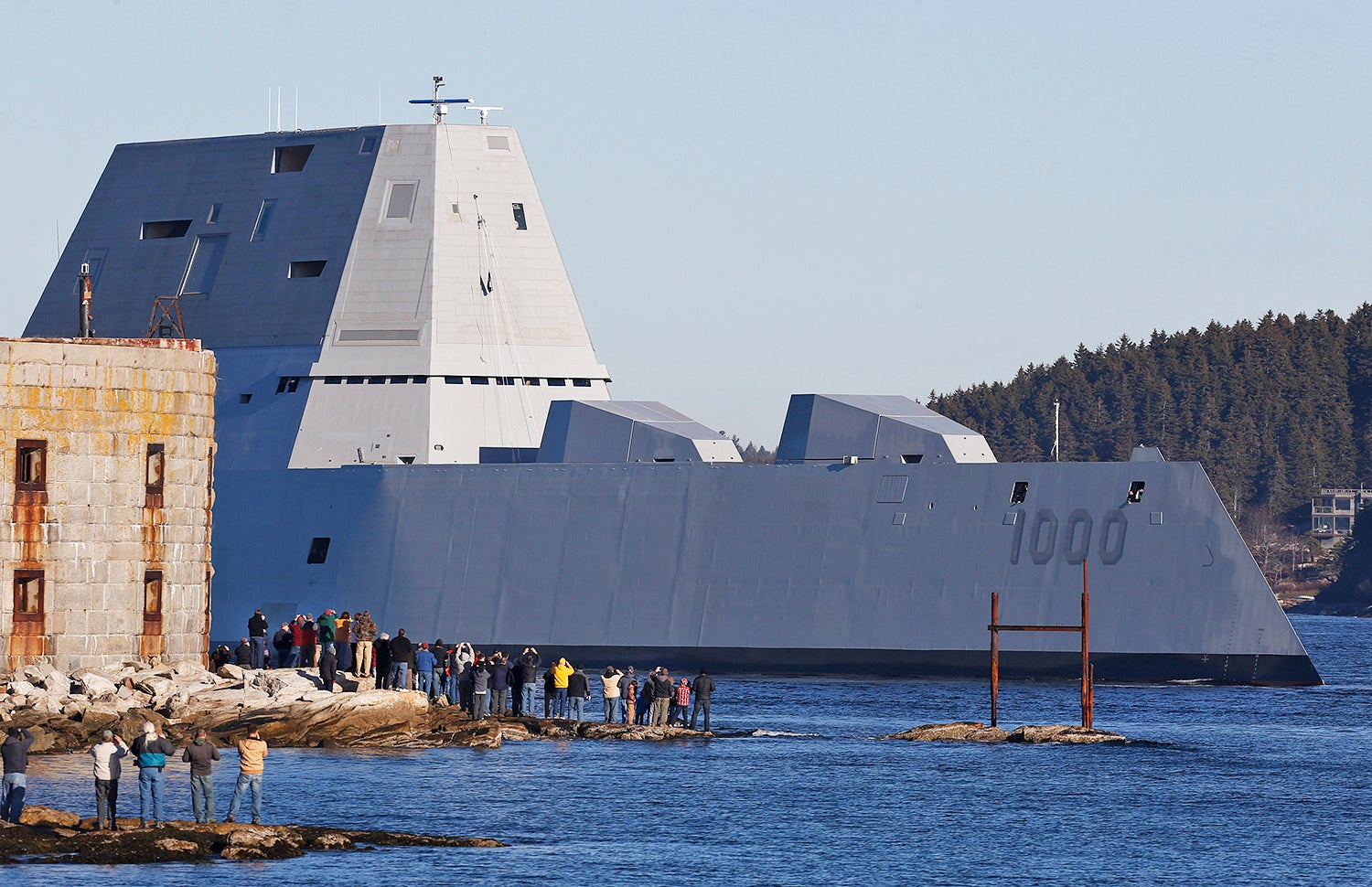They are the ones developing it. Its the US Navy and any program partners specifying what is to be developed, the requirements, the time-frame, and setting the contract terms. The PEO doesn't go to a Boeing, Raytheon et al and asks them what's on your plate that we can upgrade with. On the contrary, the PEO has a short - mid and long term upgrade plan, calls out industry participation to meet that plan and awards R&D and eventually procurement contracts to get what was being demanded into the fleet. Industry doesn't venture out on its own does some R&D and pitches it to the USN. That can happen too, but its rare..The way they do it is they feed requirements to the industry, the industry applies to furnish those requirements and are awarded a contract to do so. In the case of the P-8 spiral development phase 1 (now known as Increment 2) the contracts had to meet operational and performance specifications (both unique and shared ) given to them through the program office, for the US Navy, and the Australian DOD.And the U.S. Navy has to use what is developed by Boeing / Raytheon / NG / et al.
Below is a pre-solicitation industry day presentation for Increment -3. As you can see much like a new program every refresh/increment cycle follows an academic assessment of the upgrades (done by a joint Navy- partner team and an industry team to assess the feasibility of the industrial partners to deliver on the requirements within the specified time-frame), a technology development phase (de-risking technology), an EMD phase to actually develop the product, an integration and testing phase (including an increment specific OT&E phase) and finally a procurement phase. While what happens within each increment is firmed up closer to the process-start but the broad construct as to the number of increments, broad capability that will be sought in each increment is generally decided at the time of program start. These decisions are made by the PEO (which acts as the JPO in case there is multi-service or multi-nation involvement) and that office has to show enough maturity in its plan to pass through the OSD and eventually get approval from the SecDef and get funded by Congress. Immature programs are sent right back, as the USAF recently learned on the JSTARS-replacement and the Army on the Patriot upgrade.
http://www.defenseinnovationmarketplace ... tryDay.pdf
The US fleet has adopted Increment 2 and may have adopted block 2 of that increment (it was a two block build iirc). Increment 3 is in development/testing and should be available in a couple of years and the entire fleet should be on Increment 3 by 2020-2021. The first Australian delivery will be with Increment-2 changes that they were a partner to. Not sure whether they extended their MOU to cover Increment 3 and the RCI's that follow it but if they did then they too will be getting capability upgrades at par with the US Navy's fleet in terms of both the improvements in performance and time-frame.
As I said, horses for courses. If you have totally divergent requirement so as to seek a completely different path to upgrade you can do a number of things - A custom modernization program for starters, or you can choose some but not all of the stuff included in increment 2 or increment 3. If you're requirements involve largely the same things, but some user specific requirements not shared by others you have the power to incorporate that since joining the program gets you a seat on the table when it comes to deciding what goes into each increment. Australia did exactly that in the Spiral 1/ Increment 2 where there were a host of Australia specific requirements and even Australia specific testing that they incorporated into the program. A formal program participation agreement also allows your industry to equally compete for all non prime-contractor relate work on all of the program (including supplying US aircraft).What if our requirements are divergent? We'll still need to pay over and above the cost of spiral development cost.
You can also modify your MOU to reflect your partial acceptance of the changes. The program office can be forced to hold certain partner or program defined changes from being marketed to non program customers since of late (and the P-8 was one of the first Navy program to take this approach) the services have been more inclined to purchase technical rights for the products being developed so as to exercise more control and eventually open upgrades up to competition. This may be what Ajai Shukla was alluding to. Boeing could have written code, or have furnished hardware but may not own rights to it and may not be able to market it as a commercial sale on an upgrade contract with a customer that chooses to negotiate with it through the DCS route.
Assuming that there are superfluous things to begin with, and that the cost to get a bespoke upgrade in terms of money and time is different and advantageous for a user not joining the program. As I said, it benefits some while not others. Unless you do a deep dive into Increment 2 and Increment 3 refresh cycle, see which technologies you would not have wanted at all you can't really say. But there is no way to just come out point blank against either strategy - That was the point I was trying to make!.So it still makes sense to pay for what we want and not the superfluous things that someone else might want.
FWIW, below are some of the initial capabilities the Australians were able to get included into the Spiral 1 / Increment-2 discussions. In accordance with the process described above you collect all capabilities that each party wants and see what you can fund (afford) and what you can deliver within the expected time-frame. Its a process of negotiation where you may drop certain capabilities altogether, move them to the right, or add new ones but below are the one's that Australia started their negotiations with that were ADOD Unique (over and above the USN requirements for Increment 2) -
Candidate Australian Operational Requirements:
The ADOD has identified the following capability improvements as possible Australian operational requirements:
- Integration of MU90 torpedo
- Integration of Harpoon Block II or III
- Integration of Joint Air to Surface Standoff Missile (JASSM)
- JASSM-MI Link 16 mid-course guidance Radar Auto Track
- Radar Ground Moving Target Indicator
- EO/IR upgrades (Rangefinder, Designator)
- 6th Crew Station
- Barra sonobuoy integration
- Air Launched Rescue Craft
Australian Integrated Ground Environment (IGE) and Industry Capability Partner (ICP):
The ADOD has identified an Australian operational requirement to integrate a variety of national systems with both P-8A and Broad Area Maritime Surveillance (BAMS) Unnmanned Aerial System (UAS) ground elements. The ADOD has designated an ICP who will be under Contract to the ADOD to provide the IGE and associated elements in order to accomplish this integration effort. The U.S. DoD will assist the ADOD and the ICP on a not-to-interfere basis with Project goals, schedules, and Contracting, in order to facilitate and assist in the accomplishment of this effort in terms of anticipated P-8A system interfaces with the IGE. If necessary, the ADOD can request that the U.S. DoD Contract on its behalf in order to accomplish elements of these efforts.




